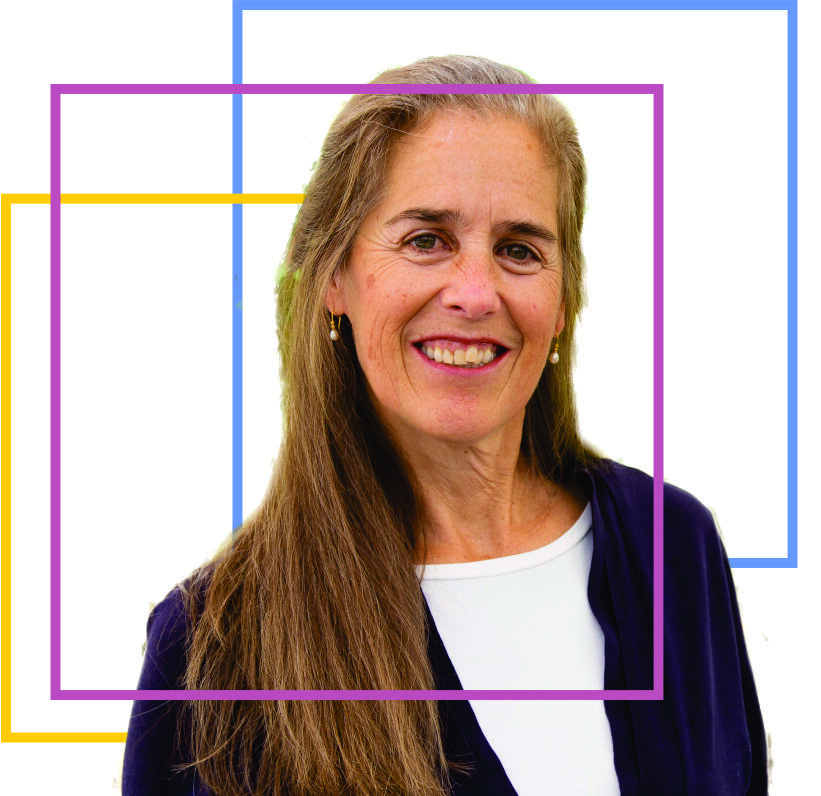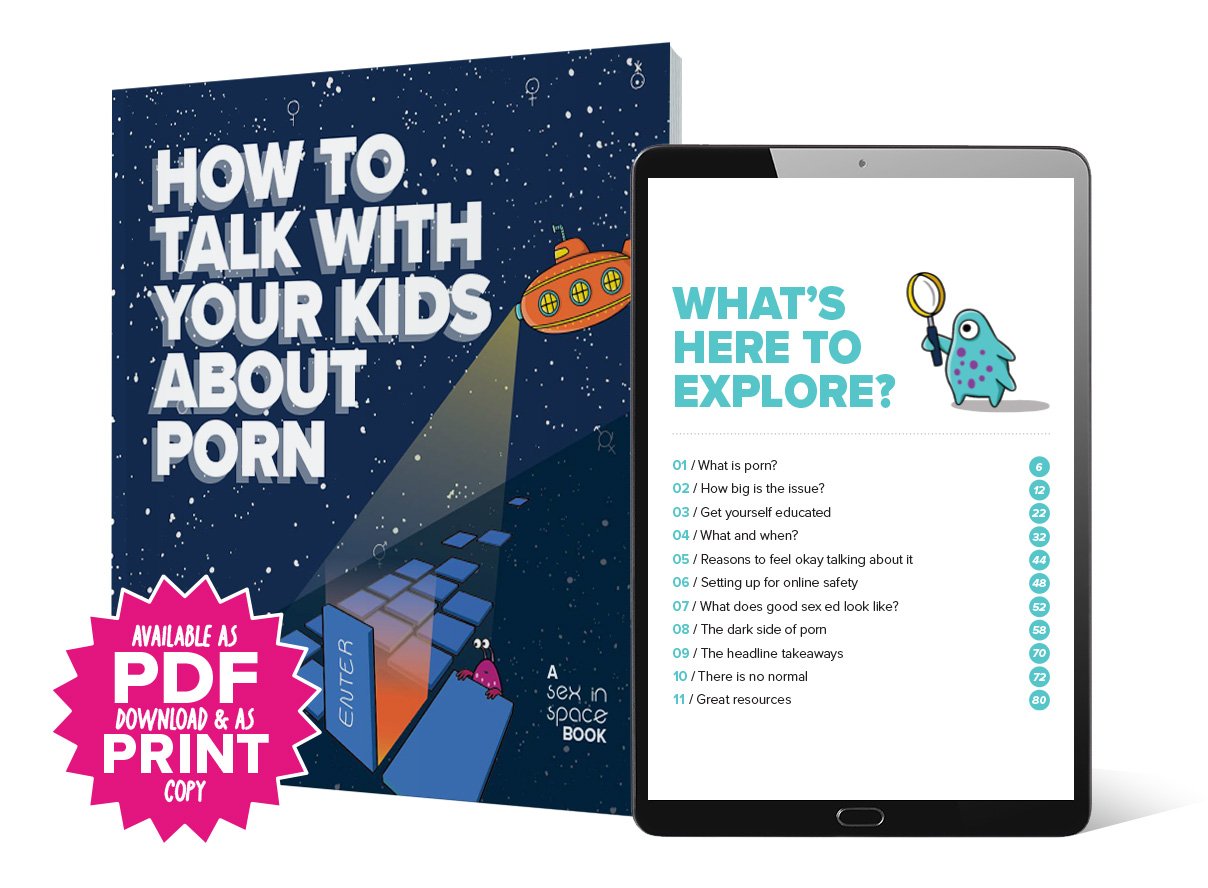How To Talk With Your Kids About Porn, a book review by Beth Rendeiro
How to Talk With Your Kids About Porn, a Sex in Space book, is something all of us should read.
Although the term “porn”, referring to pornography, is in the title…and we do learn a lot about the current state of porn…the most important takeaway from this book is its emphasis on the need for communicating with young people. This is a book that’s accessible, non-judgmental, inclusive and fun to read. It offers a how-to format that guides us step-by-step toward becoming better communicators about sex, sexuality, media literacy and porn.
There are a lot of hard things in the world that kids, teens and adults need to contemplate, consider, make decisions about and try to understand. Think gun violence, time spent online, dealing with sad feelings, war, inequality, self esteem, peer pressure. When we talk with kids and build trusting, collaborative, supportive relationships, all of these challenges become less burdensome and offer opportunities to impart information and values. We want our kids tocome to us, right? Well, this book shows us how.
The book describes different ages and stages and which topics and approaches work best at each age. It helps us think, broadly, about online safety and general sex education while honing in on the topic of porn. One suggestion, as a starting point, is to figure out your own feelings about porn and exactly what you consider porn to be, before talking with young people. If you have a partner, discover whether or not you see eye-to-eye on your definitions of porn. A primary message of the book is that adults…any adults who care about kids…need to prepare themselves for these conversations so they can become a routine and on-going part of caregiving. We need to know where we stand before initiating the conversations.
Thinking, reading and talking about porn can feel upsetting and uncomfortable. Even after all my years as a sex educator, I still feel upset when contemplating some of the imagery youth may see online. It is important to note when we feel that way so we can take a break, reflect on our feelings and experiences and also reach out for help if or when we realize that preparing for these conversations is triggering for us.
During our preparation phase, we need data so we can be informed. We also need to know for a fact that young people usually access porn in a search for information about sex and what is normal. We need to figure out our own values as they apply to that information. Did you know that the average age for first seeing porn is 12? Average. Think back to your own curiosity about sex. How did you get your information? Kids in 2024 are still curious and still seek information, just as we did. Now it’s available 24/7, with a click of a button, often spreading messages and imagery that aren’t consensual, don’t show use of protection, and often devolve into violence. Ethical porn exists but most online porn does not fall into that category. As the authors say, “You can help. You may well be their only hope of help.”
One topic that still needs to be explored further is the interaction of AI in the porn space. When this book was researched and written, AI was in a fledgling phase and not yet well known by the masses. In a brief period, that has all changed. Given how excellent this book is, I hope the authors will pursue a second edition in order to educate all of us about the impact of AI on porn and how to deal with and talk about it with the young people we care about.
Overall, the wonderful positive message of this book is that children of all ages appreciate having caring adults in their lives who are willing to listen and talk with them about any of their feelings, opinions, questions, and experiences. The authors’ review of what is normal, and where either/or thinking came from, serves as a supportive foundation for our development as loving, open-minded communicators. The final chapter offers a comprehensive list of resources allowing for further exploration and understanding. There is a lot to celebrate about being in relationship with someone who listens and cares, especially if there are no taboo topics. This book provides the guidance, information, balanced perspective and context that we need to begin and continue our conversations with young people about porn and other challenging topics.
Click to purchase this book or the pdf download

Beth Rendeiro, More Than Sex-Ed Director of Outreach & Engagement, and Co-Founder, has been teaching comprehensive, developmentally-attuned sexuality education for over thirty years. She has experience constructing curriculums and teaching courses for children, youth, teens and adults, and has implemented teaching programs in schools, agencies, churches and private settings. The objectives of her work are to improve communication, enhance self-worth, provide information and increase responsibility with the ultimate goal of personal health and well-being. She is certified as a sexuality educator by AASECT and has a Master’s Degree in Education from Harvard and a Master’s in Special Education from the University of Massachusetts-Boston. Pronouns: she/her
Published at Wed, 06 Mar 2024 00:41:48 +0000
